生誕102年!2月14日は、彫刻家・流政之(ながれ まさゆき/1923年2月14日)さんの誕生日です。香川県高松市庵治町にアトリエを構える世界的な彫刻家、流政之(ながれ・まさゆき)さん。倒壊したアメリカ・世界貿易センター(WTC)にあった『雲の砦』1975年、瀬戸大橋の守護神『どだま獅子』1988年、JR高松駅改札にある『だいてんまい』2001年、サンポート高松の『MATAKITENO』2006年など、各地に流さんの作品があります。香川県高松市の庵治・牟礼エリアは、ジョージナカシマ記念館やイサム・ノグチ庭園美術館など世界的に活躍するアーティストの拠点が集まっており注目が集まっております。作品の場所をGoogle Mapにまとめてみました。
102nd birthday! 14 February is the birthday of sculptor Masayuki Nagare (born 14 February 1923). Masayuki Nagare is a world-renowned sculptor who has his studio in Aji-cho, Takamatsu City, Kagawa Prefecture. His works include ‘Cloud Fortress’ (1975), which was located at the collapsed World Trade Centre in the United States; ‘Doda Lion’ (1988), the guardian deity of the Seto Ohashi Bridge; “Daitenmai” (2001), located at the JR Takamatsu Station ticket gate; and ‘MATAKITENO’ (2006) at Sanport Takamatsu. The Anji and Mure areas of Takamatsu City, Kagawa Prefecture, are gaining attention as a hub for internationally renowned artists, including the George Nakashima Memorial Museum and the Isamu Noguchi Garden Museum. I have compiled the locations of the works on Google Maps.
ナガレスタジオ「流政之美術館」
連絡:087-871-3011(公益財団法人流財団)
開館:毎週火・木・土曜日 予約制
住所:香川県高松市庵治町3183-1 [Google Map]
Nagare Studio “Masayuki Nagare Museum”
Tel : +81-(0)87-871-3011 (Nagare Foundation)
Open : Every Tuesday/Thursday/Saturday *subscription basis
Address : 3183-1,Aji-cho, Takamatsu City, Kagawa Pref. Japan [Google Map]
E-mail : info@nagarefound.jp
主な作品:
・「雲の砦」1975年 世界貿易センタービル(ニューヨーク)
・「どだま獅子」1988年 瀬戸大橋(橋の守護神として)
・「ながれバチ」1988年 高松市立美術館
・「浜栗林」1989年 瀬戸大橋
・「神戸海援隊」1991年 兵庫県神戸市中央区波止場町・メリケンパーク
・「KURASHIKIMON」 岡山県倉敷市本町・倉敷公民館
・「してんまい」1999年 高松中央高等学校
・「だいてんまい」2001年 JR高松駅
・「MATAKITENO」2006年 サンポート高松
広島、平和記念公園、広島国際会議場サンシャインガーデン「NEKINI KINSAI」
2019年3月26日 – 香川県公益財団法人流財団によりナガレスタジオ『流政之美術館』の博物館登録の申請があり登録されました。
Nagare studio (Masayuki Nagare Museum) of Nagare Foundation was registered by Kagawa pref.
「サキモリ」NAGERE STUDIO「流政之美術館」
瀬戸大橋の袂にある『どだま獅子』。四国は古くから獅子舞の祭りが盛んで、讃岐の方言で獅子頭を意味します。流政之氏が、瀬戸大橋の守り神となることを願い、橋脚となった島々をはじめ瀬戸内の石を集めて制作されたものです。
“Dodama Shishi” means a head of lion dance.
どだま獅子は庵治町にスタジオを構える流政之氏が、瀬戸大橋の守り神となることを願い、橋脚となった島々をはじめ瀬戸内海周辺の石を集めて制作されたものです。
流氏は、石の自然な部分を生かした「ワレハダ」の技法を生み出し、大胆で存在感あふれる作品を数多く発表されている世界的な彫刻家です。また、国内でも各地で作品を制作されており、それぞれの地域に暮らす人々に対する温かな心が、方言を使ったユーモアあふれる題名に表れています。
「だいてんまい」2001年 JR高松駅。讃岐弁で「抱きしめてごらん」の意味です。人が向き合う姿がモチーフで、間にある円筒形のものはひょっとしたら赤ちゃんでしょうか。コロナ禍で遠く離れた家族が会えない日々が続きましたが、2021〜2022年の年末年始は世界各地でこんな光景がみられたかもしれないと、想像すると温かい気持ちになります。
「あしたの枕」1994年。高松シンボルタワー2階(香川県高松市サンポート) [Google Map]
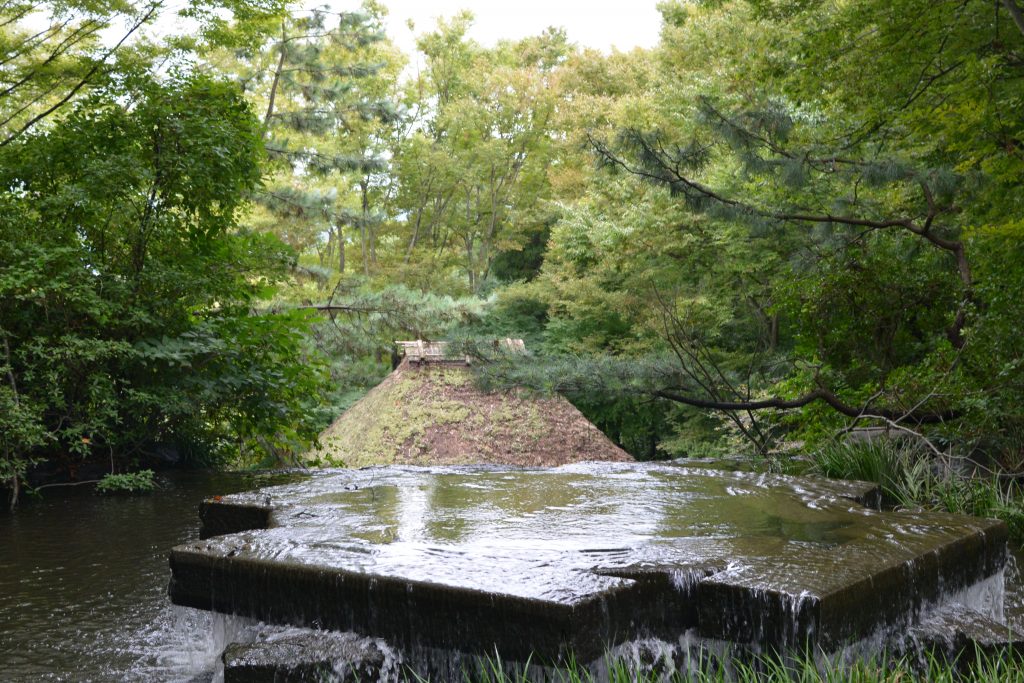
「染が滝」 四国村
“Somega-taki (Water fall)” at Shikoku village
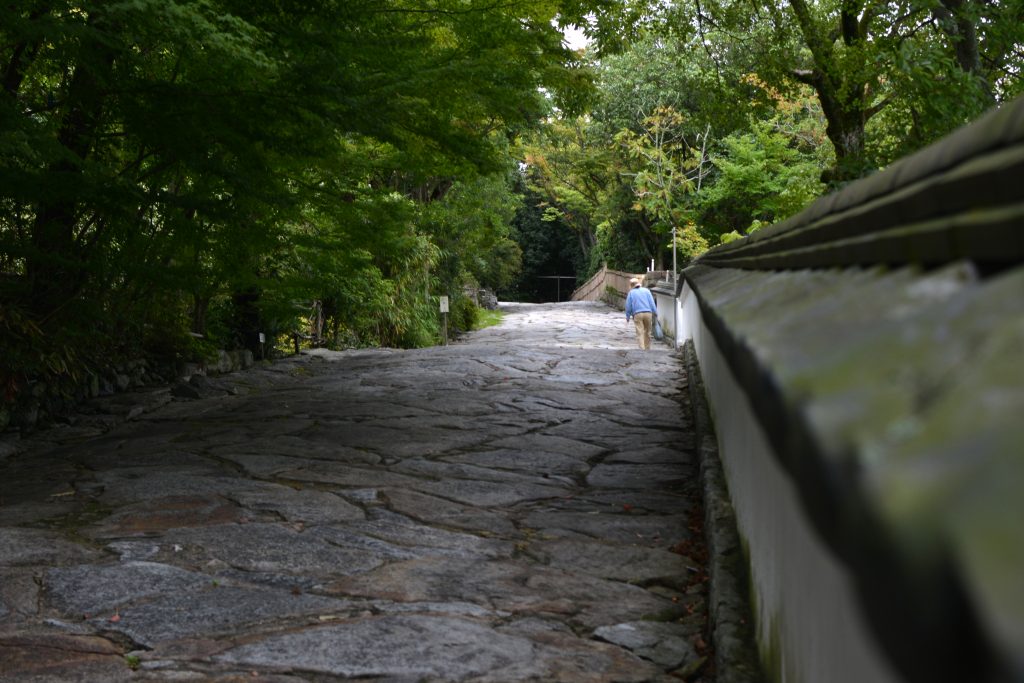
「流れ坂」 四国村
“Nagarezaka” at Shikoku village
「雨乞い獅子」 香川国際交流会館 アイパル香川(旧香川県立図書館) 芦原義信設計。
“AMAGOI SHISHI (Rainmaking Lion)” at International exchange halls, I-Pal deigned by Yoshinobu Ashihara
「おいでまぁせ」 1966年 香川県文化会館 漆芸研究所 大江宏設計
“Oidema-se” Kagawa pref. Cultural Hall, Institute for lacquer art, designed by Hiroshi Ooe 1966
「ナガレバチ」 高松市美術館
“NAGAREBACHI” Takamatsu city museum
喫茶 城の眼。建築設計は、山本忠司さん。ニューヨークで開催された万国博覧会「日本館」外壁ために試作した石彫レリーフを内壁に使用している。1962年。内装の石彫レリーフのデザインは流政之さん、制作は岡田石材石彫研究室。ファサードと室内デザインを空充秋さん。音楽デザインは現代音楽家・秋山邦晴さん。
百十四銀行 本店 114 Bank
「草壁画」 百十四銀行 本店。12種類の蔦が使われており、散水には井戸水が使われています。壁の高さは10m、幅は44.5mもあります。
“KUSAHEKIGA (Green Wall Paint)” 114 Bank。
「とびたつ鳩(とり)」
床は、庵治石(あじいし)など5種類の花崗岩(かこうがん)を使用して「波」を表現。百十四銀行 本店
Mosaic tile flooring of Aji stone
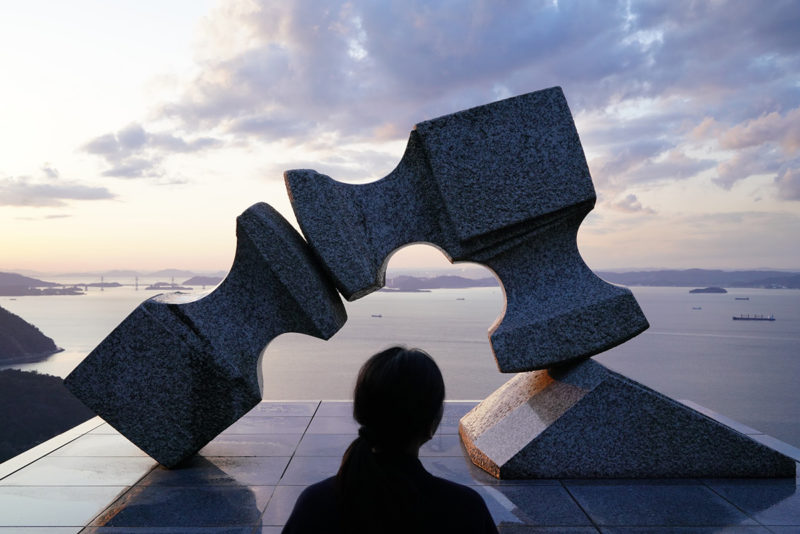
「またきまい」 大崎山園地 五色台。金子政則知事の言葉が刻まれています。「政治と芸術は一つのものである。ともに人の心を豊かにするために捧げられねばならない」
“Matakimai” Mt. Osaki Park, Goshiki-dai
サンポート高松 「MATAKITENO」
“MATAKITENO” Sunport Takamatsu
サンポート高松
Takamatsu port
「SUNSET of SETO」2011年
TOSHIKO AKIYOSHI / MASAYUKI NAGARE
「映画神像(THE GOD OF CINEMA)」1979年 有楽町マリオン(有楽町センタービル9階)。流さんは、日本アカデミー賞、優秀賞・最優秀賞受賞者に贈られるブロンズを制作。日本アカデミー賞公式サイト
NAGARE
1979
2022年7月22日撮影
東京海上日動ビル本館(前川國男建築設計事務所)
『波かぐら』1974年
東京海上日動ビル本館の解体に伴い、彫刻も撤去。現在はもうありません。レンゾ・ピアノ(RPBW)と三菱地所設計がデザイン・設計を担当する東京海上日動ビル新・本店ビルは2028年度竣工予定。
『くぐりえびす』1974年。台座はポルトガル産の白御影石、えびす様にはスウェーデン産の黒御影石。28.5cmの台座のすき間をくぐり抜けると、幸せになるという言い伝えがあります。
1974年
『さわり大黒』1973年
『叡智の微笑』1989年
2023年2月22日(猫の日)撮影
東京・銀座。『コイコリン』流政之 1963年
‘Koikorin’ by Masayuki Nagare, 1963.
三愛ドリームセンター。東京・銀座。林昌二設計、1963年竣工。リコーの創業者・市村清が、奈良の五重塔をヒントに「建物中心に大きな柱を立てて総ガラス化させた円筒型ビル」を考案。2003年「DOCOMOMO JAPAN選定 日本におけるモダン・ムーブメントの建築」2023年から解体し、2027年に新ビル竣工予定
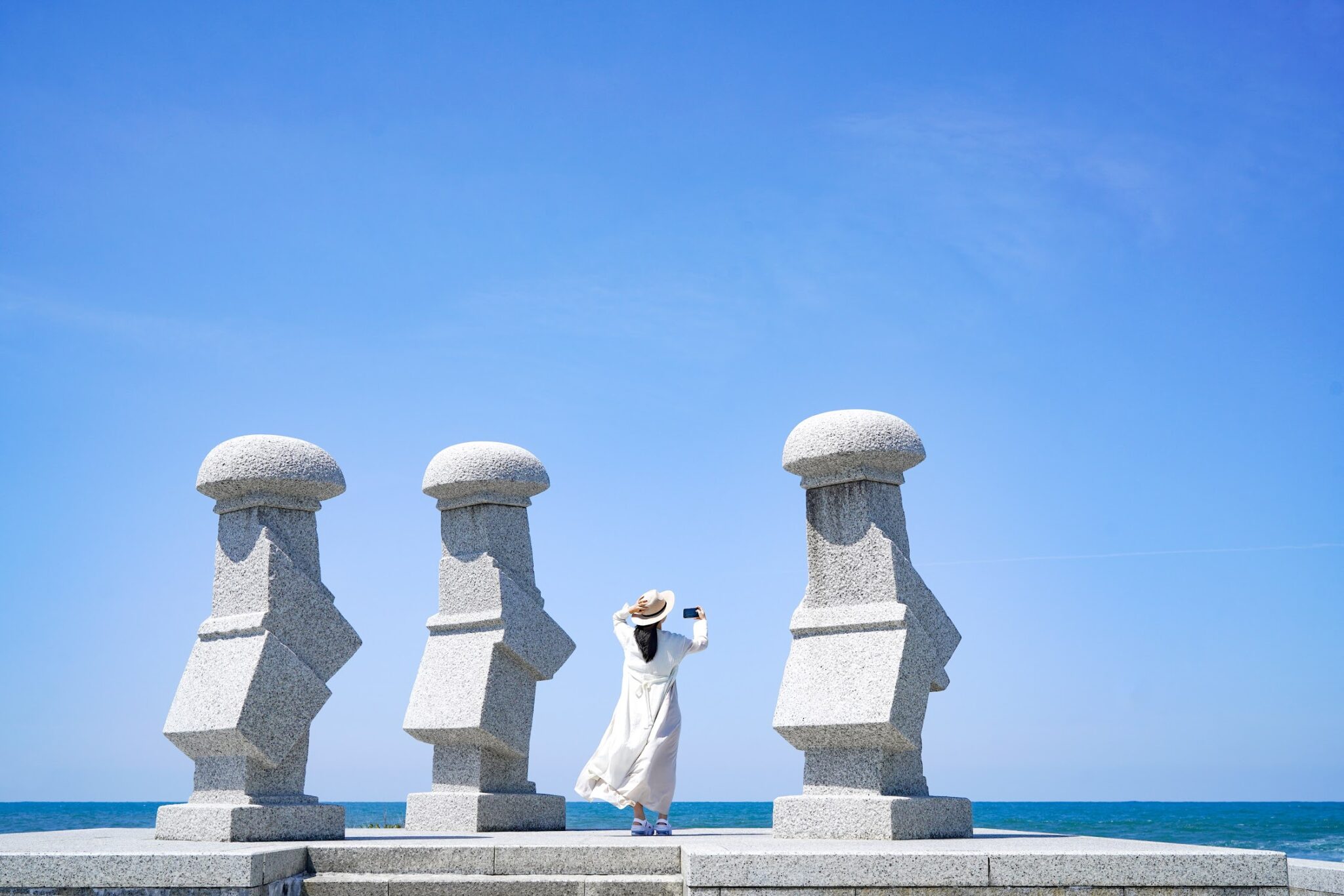
日本海に向かう旅姿、流政之『波しぐれ三度笠』 – Namishigure Sandogasa by Masayuki Nagare | 物語を届けるしごと 1989年
“KOBE KAIENTAI” 1991 by MASAYUKI NAGARE
Courtesy by Takenaka Corporation
『神戸 海援隊』 流 政之 1991年。神戸で創立した竹中工務店90周年記念。
1863年から65年にかけ 神戸小野浜に勝海舟・坂本龍馬らによってつくられた海軍操練所が存在した 武士・町人・農民を問わず若者たちが大洋に夢をはせ 経済・科学など多くのことを学んだ 夢を果たせず志なかばに倒れていった若者たちを「神戸海援隊」と名づけその短い青春の夢をここに刻む。
2020/02撮影
庵治石の大丁場。採石場。香川県高松市庵治町で産出する石。黒雲母(くろうんも)のまざった青灰色の花崗岩(かこうがん)。細粒黒雲母花崗岩。灯籠や石垣、高級な墓石などに使用されています。庵治石は、約8000万年前(白亜紀後期)にマグマが冷え固まってできた花崗岩。
1814年(文化11年)屋島東照宮の造営の際に大阪の和泉国(現在の大阪府南部)から石工集団が招集されました。
1950-60年代、デザイン知事こと、金子正則(かねこま さのり)元香川県知事(1950-1974)が、「香川県芸術家村構想」を構想。
流政之さん
1923年 長崎生まれ
1955年 日米戦没パイロット追悼のための木と鉄による作品で初個展を開催
1956年 石との出会いは、北陸で見た子を亡くした母親が石地蔵を立てる姿に感銘を受けた時。石の研磨した面と割った面をそのまま生かす独自の技法”割れ肌”を生み出す。
1959年 東京での個展でロックフェラー夫人に認められた流はそれ以後、サンフランシスコのバンク・オブ・アメリカ本部広場のモニュメント
1959年 四国で良質な石材を探すうちに、庵治町に立ち寄った流は、石工たちに誇りをもたせ、夢と希望を与え、ひいては石の里庵治を広めることを目的として「石匠塾」を結成、若手に石の技術を伝授。
1963年 実際にそのスタッフを伴ってニューヨークに渡り、世界博日本館に日本から運んだ、個数2、500個、重さ600トンの石の壁画(ストン・クレージー)を完成させています。
1975年 ニューヨークのワールド・ルード・センターの広場に(雲の砦)。戦後美術の中で、早くから海外で高い評価を得ており、流政之の仕事を影で支えたのが香川の庵治町の石職人でした。
流 政之(ながれ まさゆき、1923年2月14日 – 2018年7月7日)は、日本の彫刻家、作庭家。
1923年長崎県に生まれ、幼少時代は東京で過ごす。1936年京都に移り、1942年立命館大学法文学部へ進学。その後中退し、海軍予備学生出身の零戦搭乗員として終戦を迎える。その後、世界各地を放浪、独学で彫刻を学び現在に至る。1964年にニューヨーク世界博覧会で壁画「ストーンクレージー」(日本から2500個、600tの石を運んだ。)を展示し話題を呼ぶ。1975年には、ニューヨーク世界貿易センターのシンボルとして約250トンの巨大彫刻『雲の砦』をつくり国際的評価を得る。また、作品『受』はニューヨーク近代美術館の永久保存作品(パーマネントコレクション)として収蔵されており、彼の国際的評価の高さを裏付けている。1967年には、TIMEが選ぶ日本を代表する文化人の一人に選ばれた。
彫刻家として活躍するかたわら、庭園の作品も残す。代表作に東京天理教館庭園、皆生温泉東光園庭園などがある。
1987年に日本経済新聞「私の履歴書」に自伝を掲載する。
最近の作品に、関西学院大学理学部(現理工学部)の兵庫県三田市への移転を記念して制作された『月わたり』(2001年、黒御影石)、立命館慶祥中学校・同高等学校に寄贈された『NANDABE』(2004年)などがある。
2005年11月8日、JapanStoneFairにおいて「こころわけ」を発表。
2013年、高松市郊外の庵治半島の北端近くにアトリエを構え住む。
2018年7月7日、老衰のため死去。
Greeting
On the east coast of Aji, Takamatsu City, Kagawa Prefecture, there is a large studio where world-renowned sculptor, Masayuki Nagare, has been producing artwork since the late 1960s. Nagare Studio is not only the museum holding through the hundreds of sculptures, but it is also his residence. The building itself can be considered a work of art. While overlooking the Seto Inland Sea, it has a fort-like appearance that makes it stand out from the scenery.We have established the Nagare Foundation to promote art and culture and to contribute to revitalizing the community. Through Nagare’s research and honor of creative and artistic activities, we hope to continue to preserve Nagare Studio indefinitely and to open it to the public. With your great cooperation, the Nagare Foundation received public authorization on April 7, 2009.
While devoting ourselves to the preservation and public opening of Nagare Studio, we hope to reconsider the meaning of Nagare’s existence in the world of Japanese modern sculpture. Nagare’s Samurai Spirit continue to send out the Japanese creativity to the Postwar United States. He continues to make great strides in community promotion with his sculptures, acknowledging himself as a Chiho no suketto (task force for communities).
We would sincerely hope for your continuous support and guidance in the future.
Sachiko Okada, Chief Director, Nagare Foundation
Masayuki Nagare (February 14, 1923 – July 7, 2018) was a modernist Japanese sculptor, nicknamed “Samurai Artist” for his commitment to traditional Japanese aesthetics. He was born in 1923 in Nagasaki to Kojuro Nakagawa, the founder and president of Ritsumeikan University in Kyoto. As a teenager, he received training in the martial arts of a samurai, particularly swordsmanship, and lived in several temples in Kyoto, where he observed the patterns of rocks, plants, and water created by traditional landscape artists. In 1942, he enrolled at Ritsumeikan University, where he studied Shintoism and was apprenticed to a master swordsmith. He left university in 1943 to join the Imperial Japanese Navy and did not return to complete his studies. Nagare served as a Zero Fighter pilot in the Pacific War. After the War, he traveled all over Honshu Island until the mid-1950s, witnessing the desolation of the ruined countryside, developing a thorough understanding of the Japanese landscape, and becoming interested in local crafts such as pottery. His fascination with graveyard tombstones that had survived wartime bombing led to his longtime choice of stone as his preferred medium.
Nagare’s art is strongly influenced by Shintoism, Zen Buddhism, and traditional Japanese martial arts. His principal stone-carving techniques include warehada (“cracked skin” or “broken texture”), in which the surface is left rough, with visible chisel marks, and shinogi awase (“ridges joined together”), which describes the meeting of two highly polished surfaces. Some of his works exhibit the contrast between the two techniques. His sculptures’ clean lines often follow the subtle curvature of Japanese swords.
Nagare’s works include Cloud Fortress, which survived the 9/11 attacks at the World Trade Center (New York City) but was destroyed in the rescue and recovery efforts, Sakimori (Frontier Guardian) installed in the Honolulu Museum of Art, Hamaritsurin Garden in Seto Ohashi Commemorative Park (Kagawa Prefecture, Japan), Receiving stored at the Museum of Modern Art in New York City, and Transcendence (informally called The Banker’s Heart by locals) installed in A.P. Giannini Plaza at 555 California Street (formerly the Bank of America building) in San Francisco, California. He died in July 2018 at the age of 95.
美術出版社
売り上げランキング: 20,414
丸山学芸図書
売り上げランキング: 1,601,729

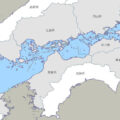
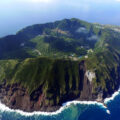
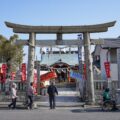
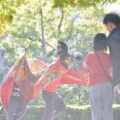
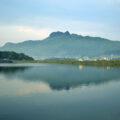

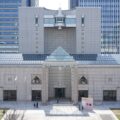

![【高知】魚を守る道、アイスハーバー型らせん魚道 – [Kochi] Ice Harbor type spiral fishway](https://yousakana.jp/wp-content/uploads/wordpress-popular-posts/50244-featured-120x120.jpeg)
![【香川】丹下健三設計「船の体育館」取り壊しが決まっている香川の文化遺産をホテルに - [Kagawa] Kenzo Tange's ‘Boat Gymnasium.’ A cultural heritage site in Kagawa that is scheduled for demolition will be converted into a hotel.](https://yousakana.jp/wp-content/uploads/wordpress-popular-posts/53147-featured-120x120.jpg)
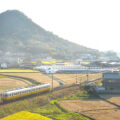
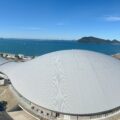
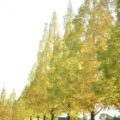

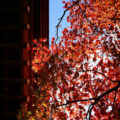
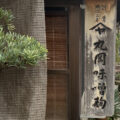
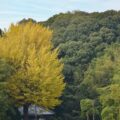

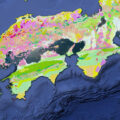
![【香川】春日川の川市 – [Kagawa] River market of Kasuga river](https://yousakana.jp/wp-content/uploads/wordpress-popular-posts/49605-featured-120x120.jpeg)
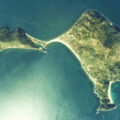
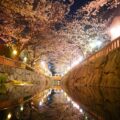
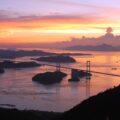
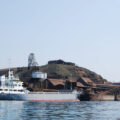

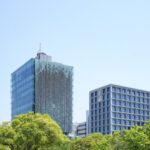
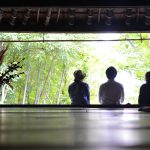
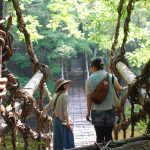

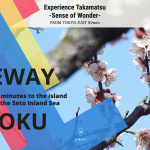
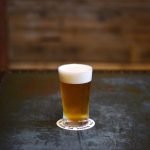
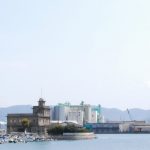
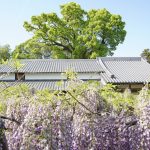

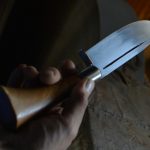
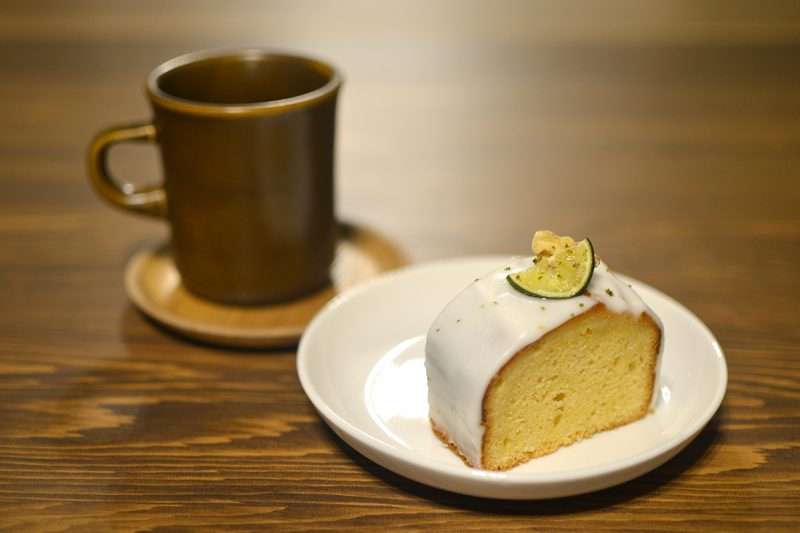
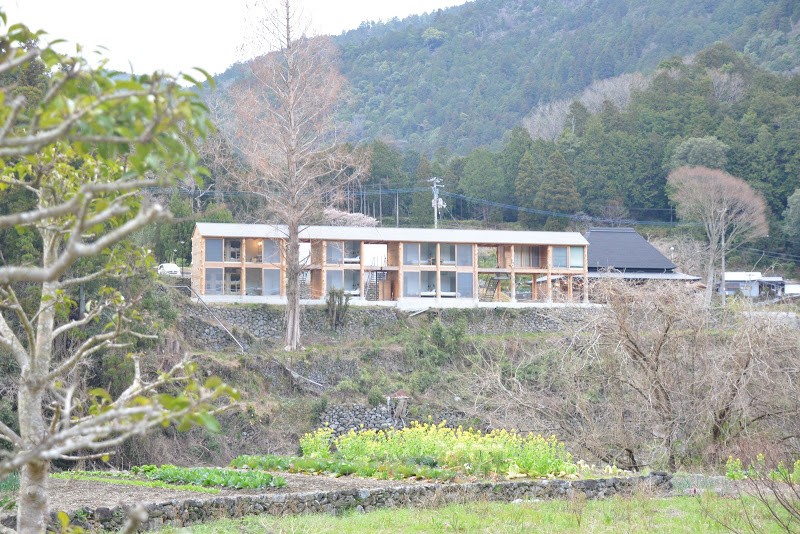
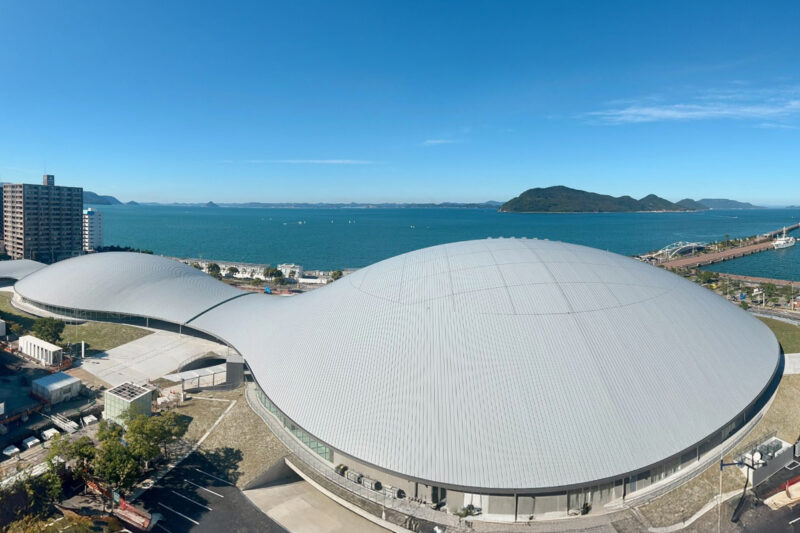
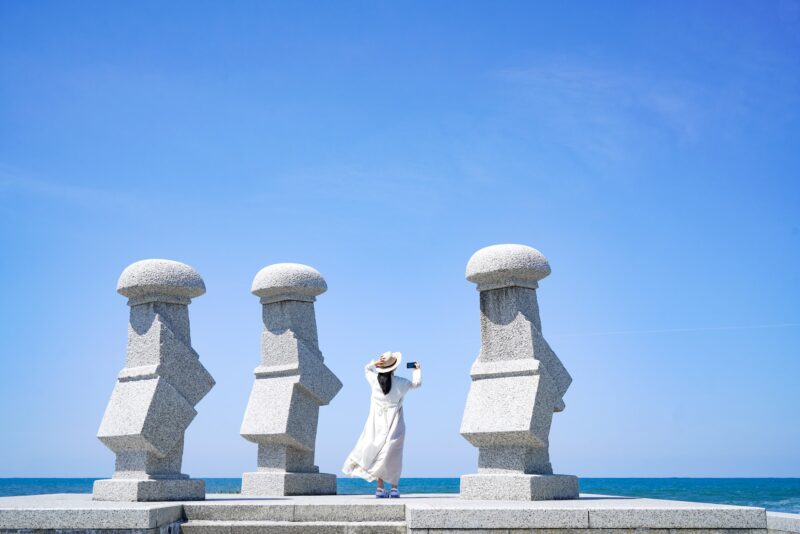
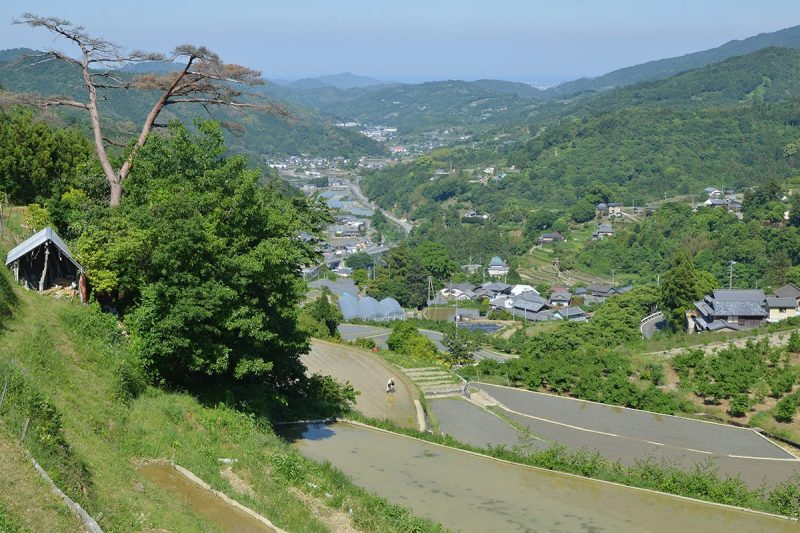
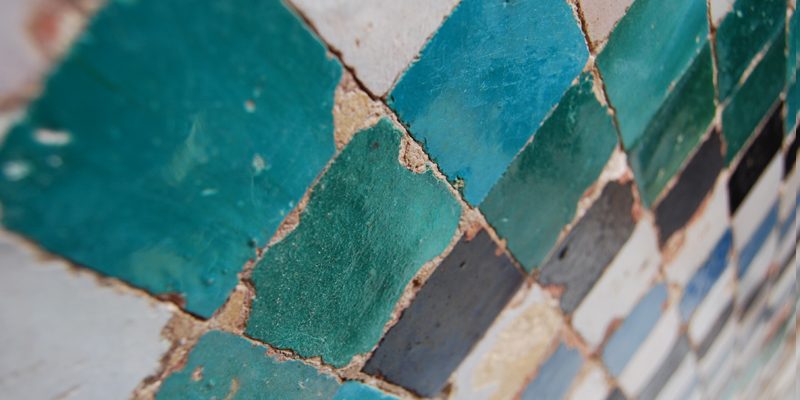
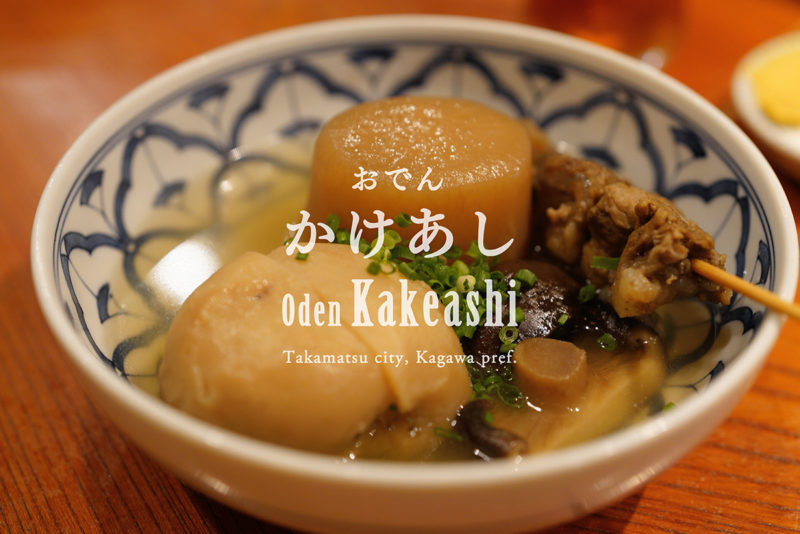
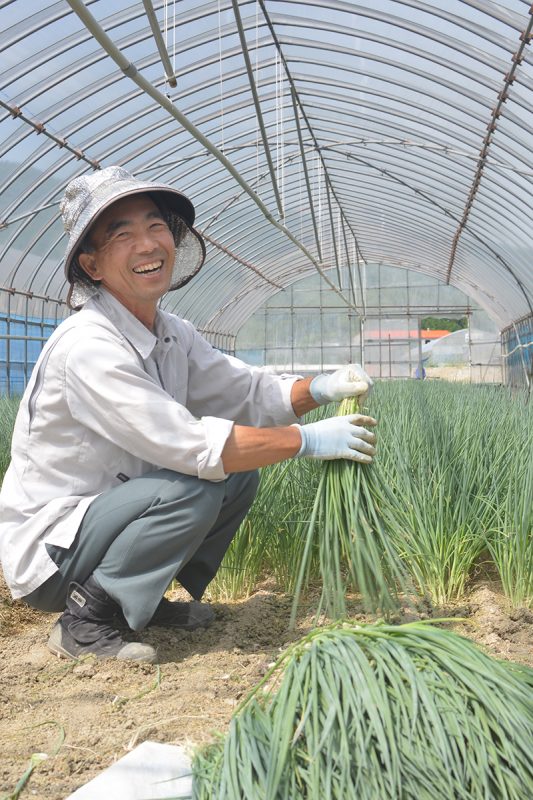
![【豊島】豊島に残る豊かな食卓 『豊島農民福音学校』- [Teshima island] The evangelistic school for farmers at Teshima island](https://yousakana.jp/wp-content/uploads/2018/04/teshima-nomin-fukuin-school-800x536.jpg)

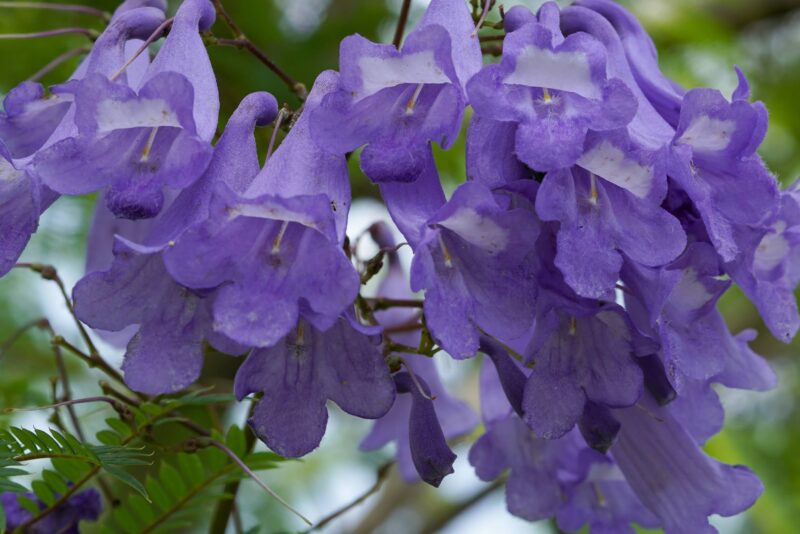
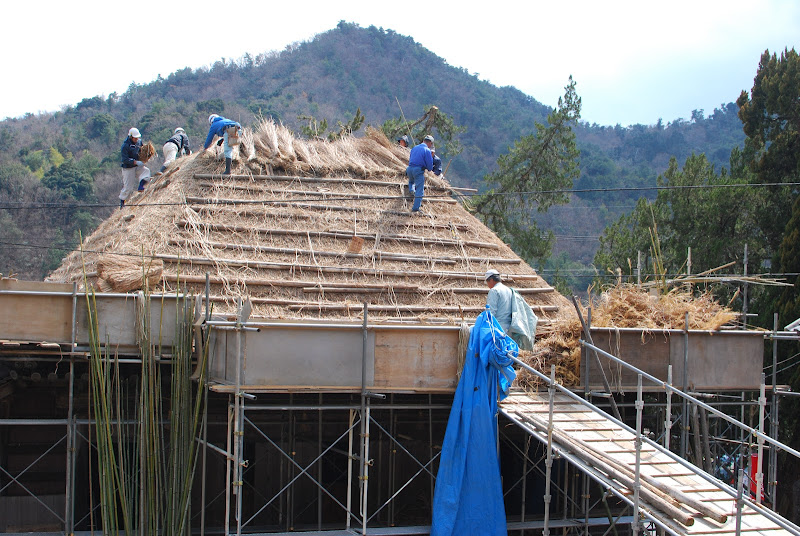
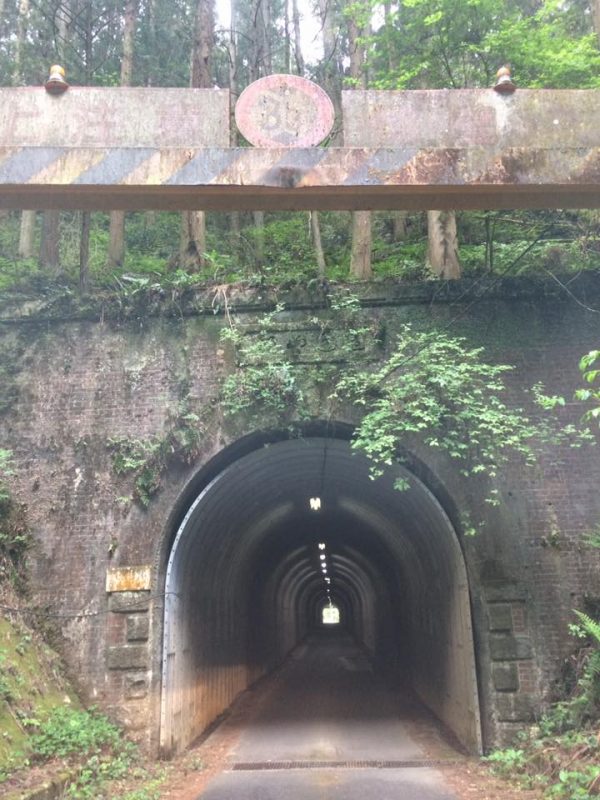
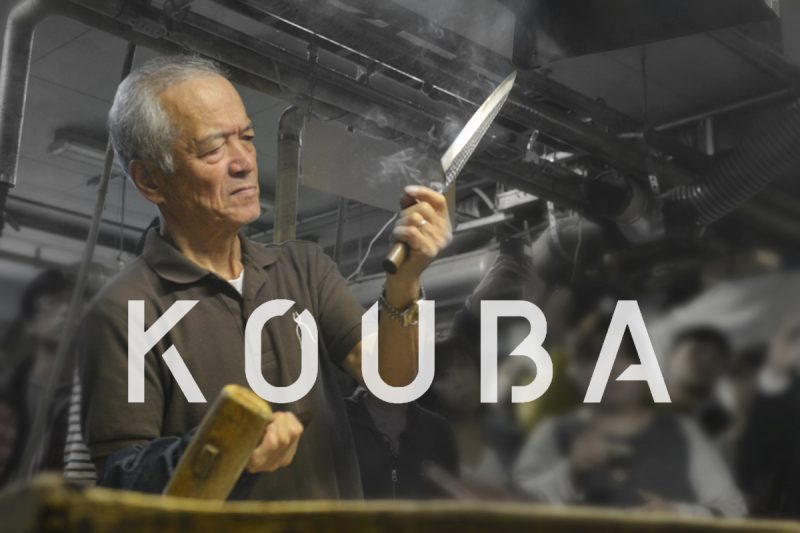

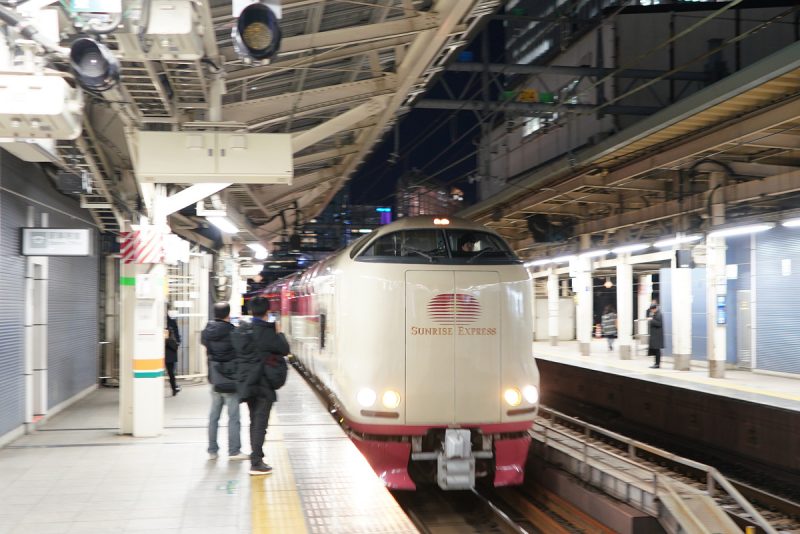
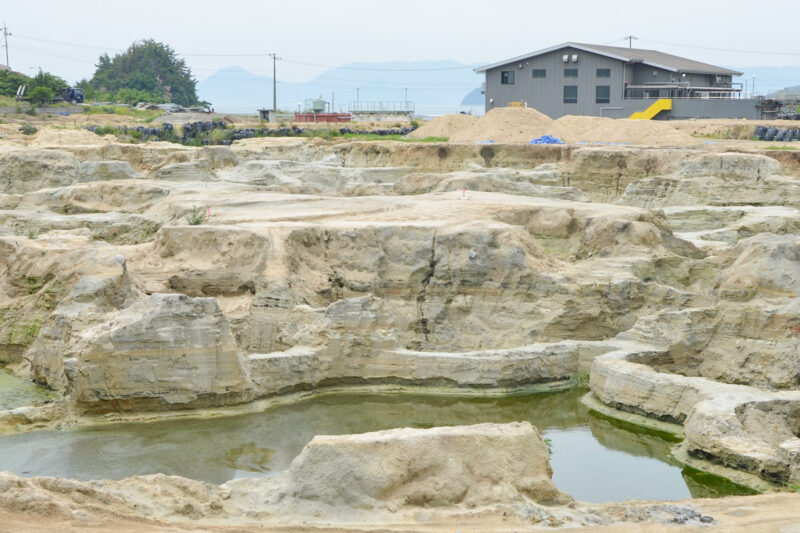
![【香川】四国唯一現存、日本国内最古の水車場「高原製粉精米水車場」 – [Kagawa] “Takahara Water Mill”, the oldest water mill in Japan, the only existing water mill in Shikoku](https://yousakana.jp/wp-content/uploads/2018/09/takahara-water-wheel-800x534.jpg)
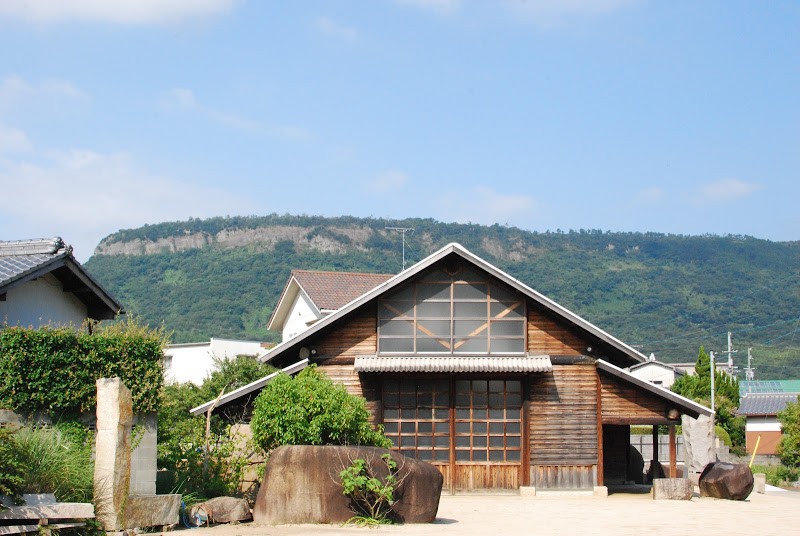
![【徳島】上勝町ゼロ・ウェイストセンター – [Tokushima] KAMIKATSU ZERO WASTE CENTER](https://yousakana.jp/wp-content/uploads/2020/12/KAMIKATSU-ZERO-WASTE-CENTER-800x533.jpg)
![【愛媛】宮島さん。桜井・厳島神社の藁船流し – [Ehime] Miyajima-san. Straw boat floating in Sakurai, Imabari city](https://yousakana.jp/wp-content/uploads/2025/07/miyajimasan_sakurai-itsukushima-shrine-1-800x534.jpg)
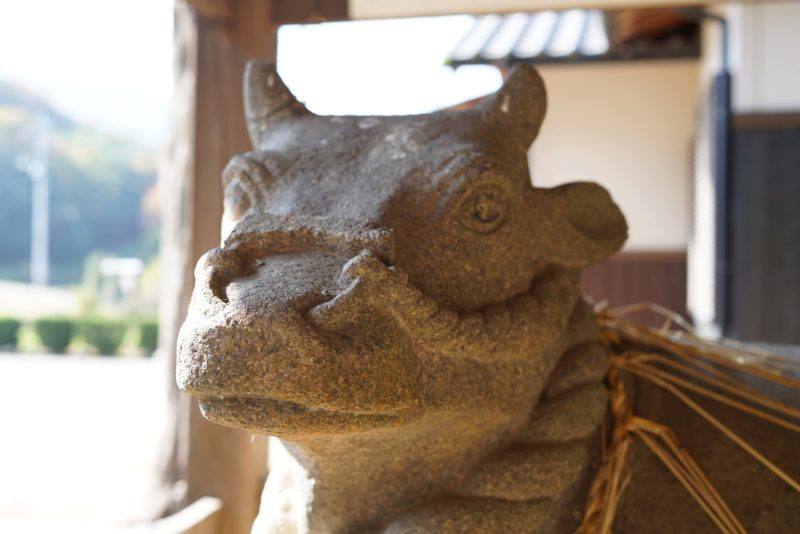
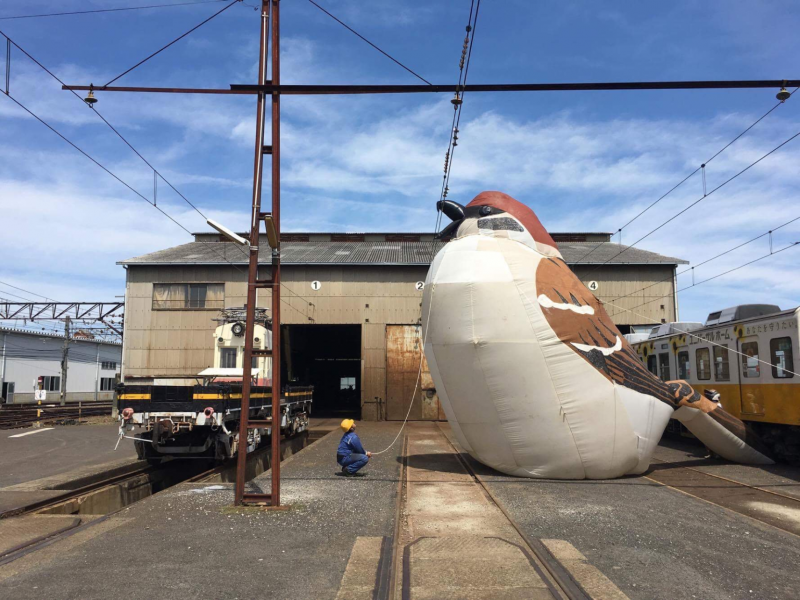
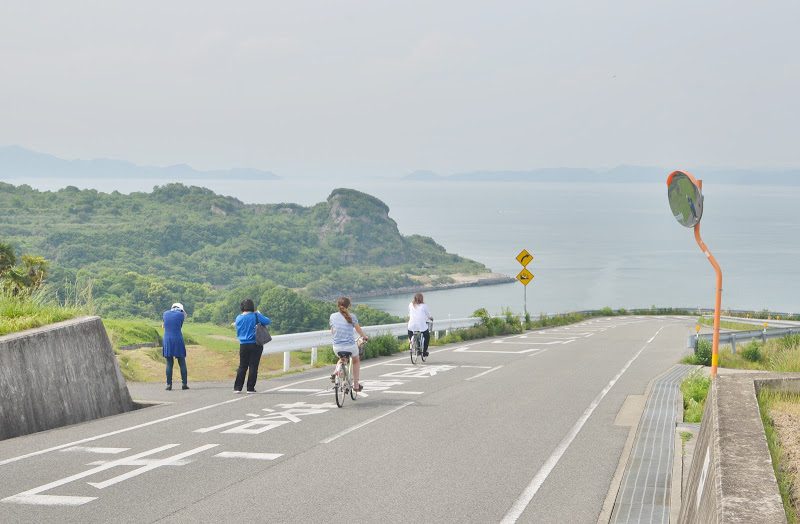
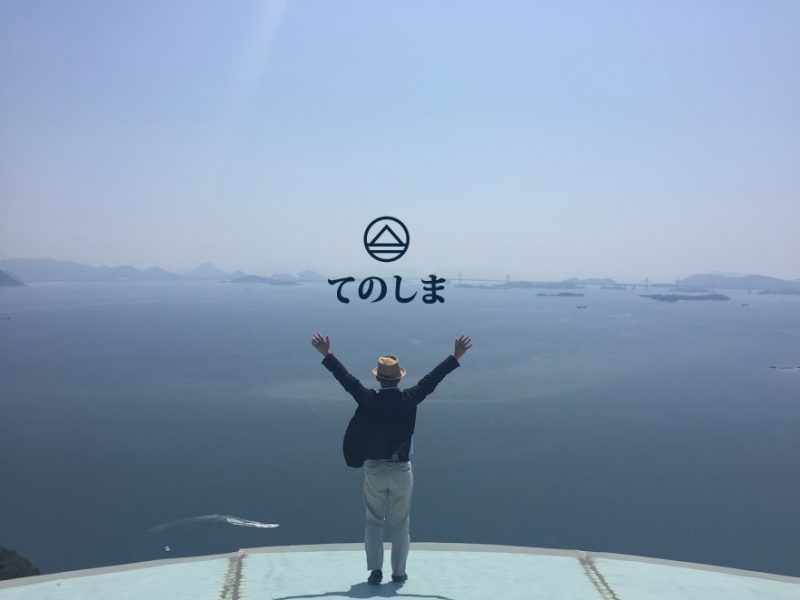
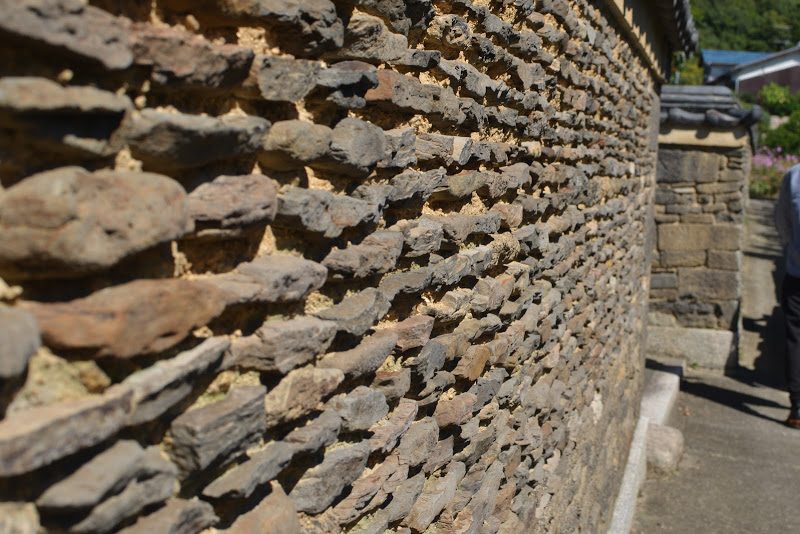
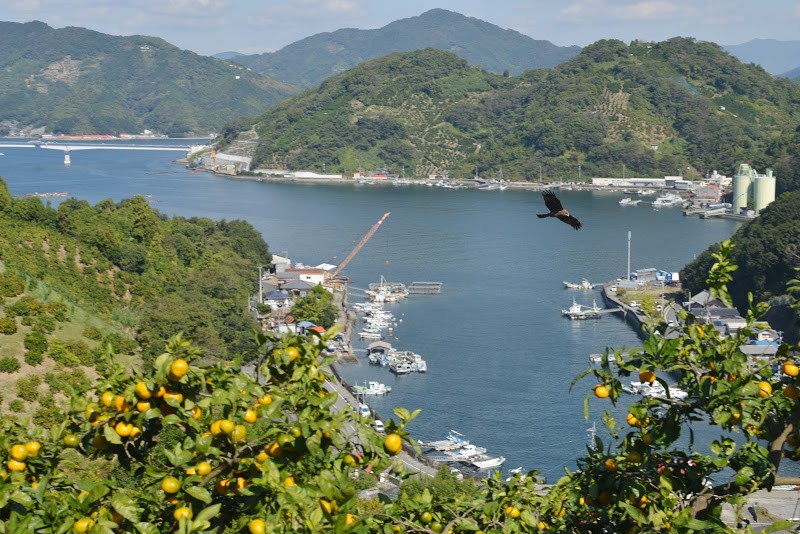
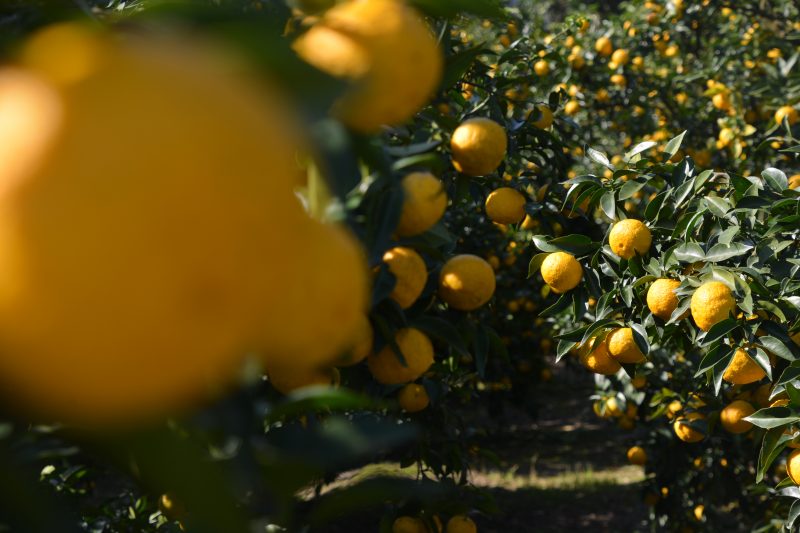
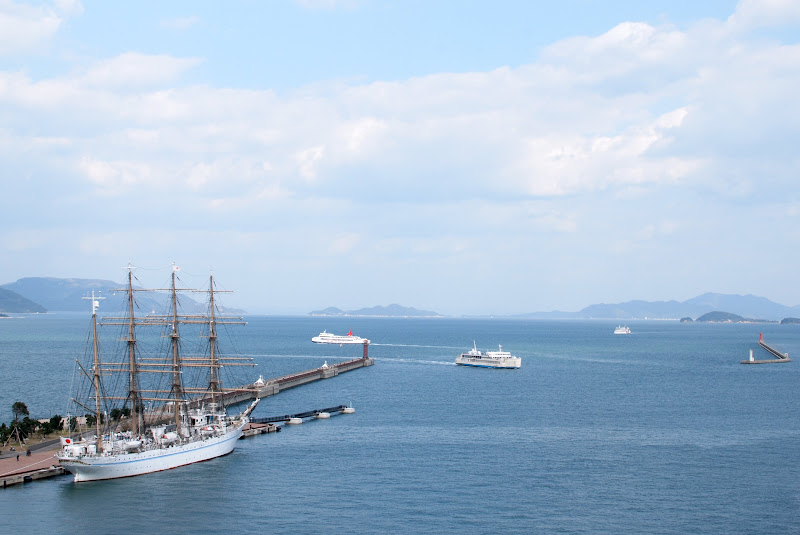
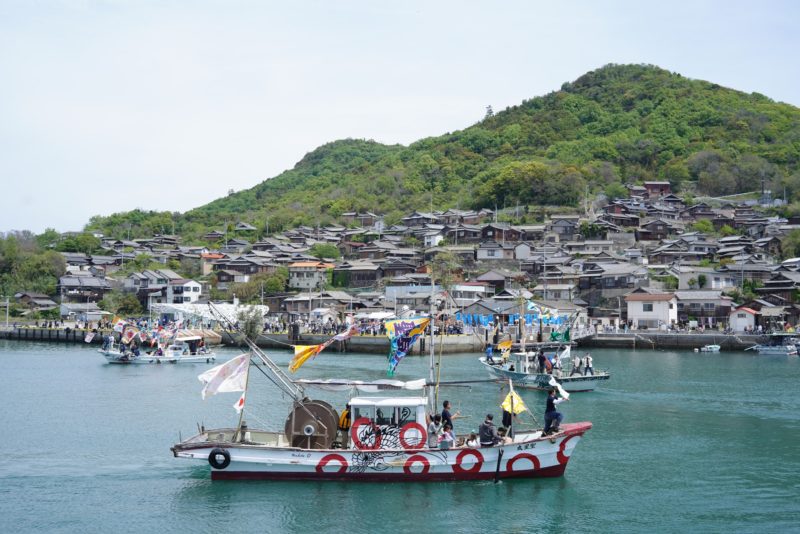
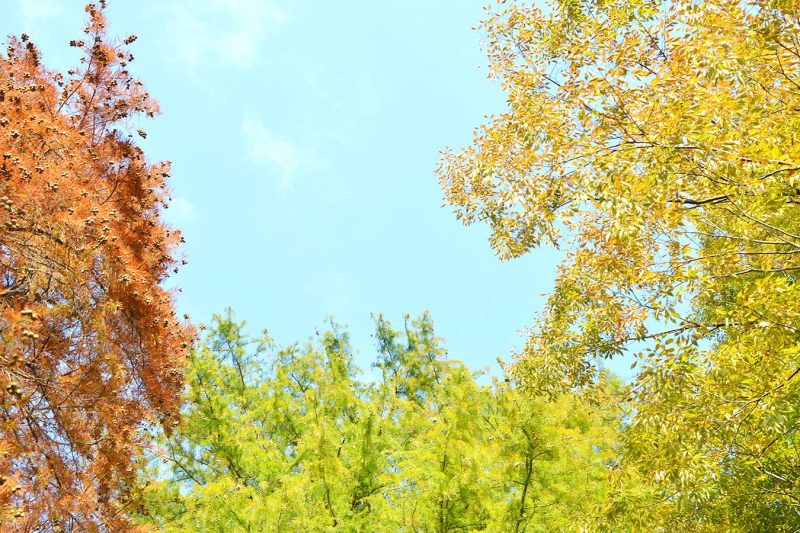
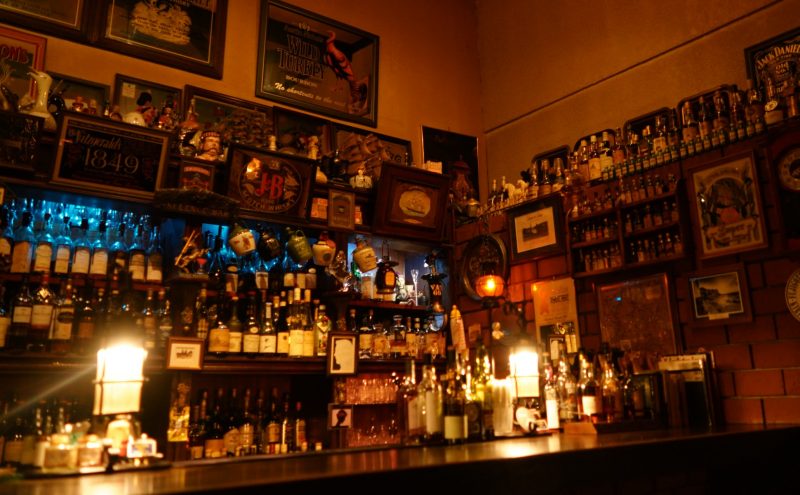
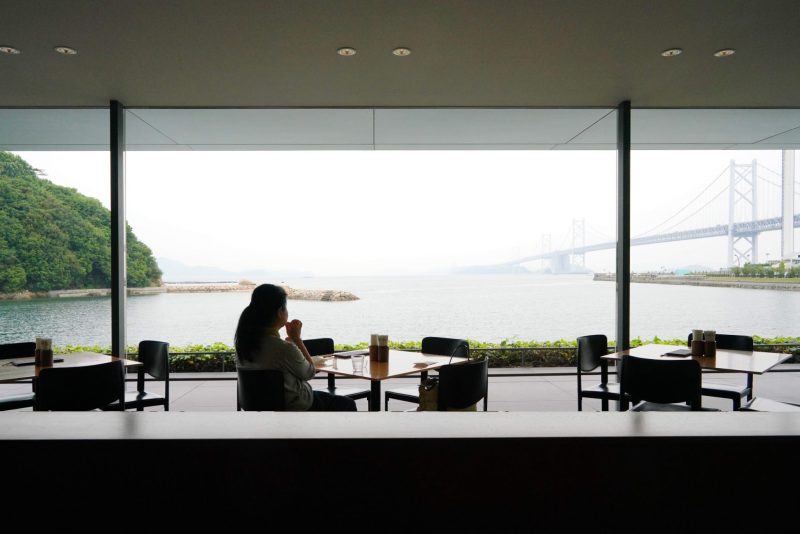
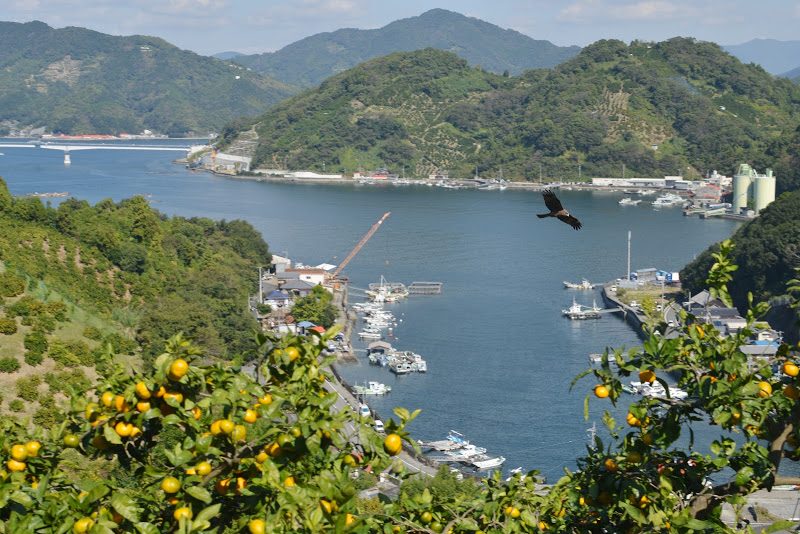
![【広島】阿伏兎観音 – [Hiroshima] Abutokannon](https://yousakana.jp/wp-content/uploads/2025/07/abutokannon_fukuyama_hiroshima_01-800x533.jpg)
![【徳島】世界最大規模、地球を感じる!『鳴門の渦潮』 – [Tokushima] Feel the Earth “Naruto whirlpools”](https://yousakana.jp/wp-content/uploads/2019/03/uzushio-800x534.jpg)
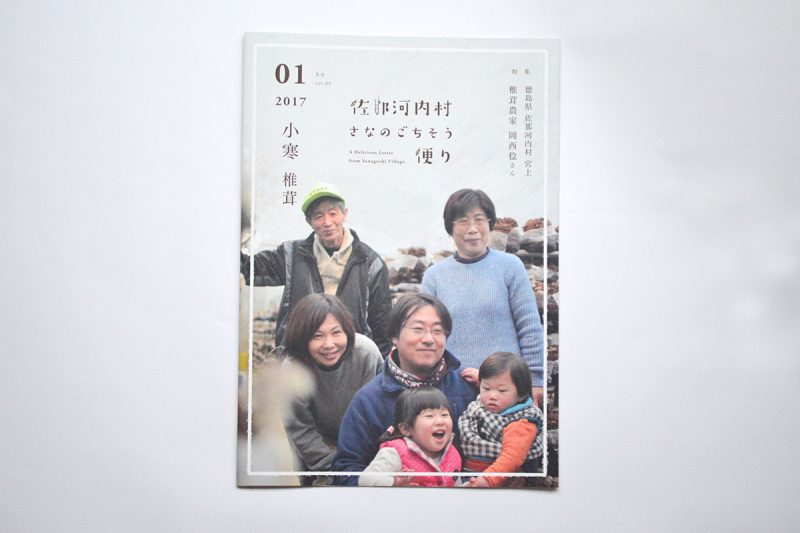
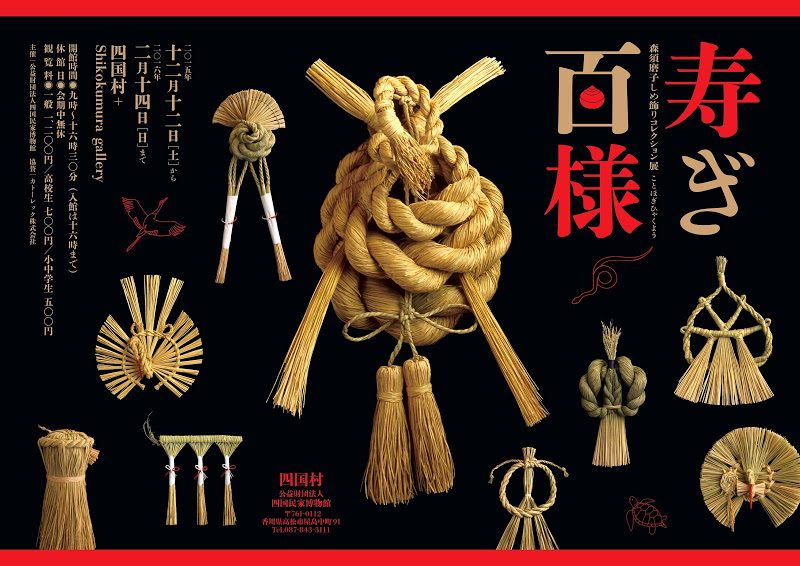
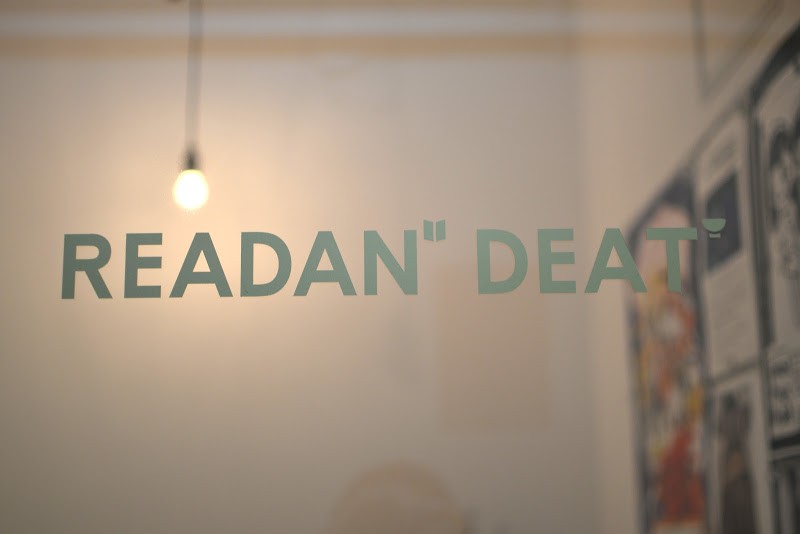
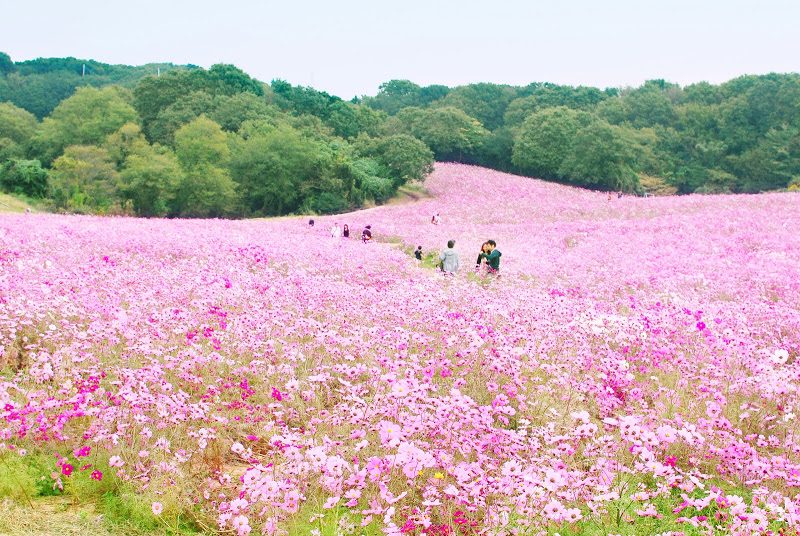
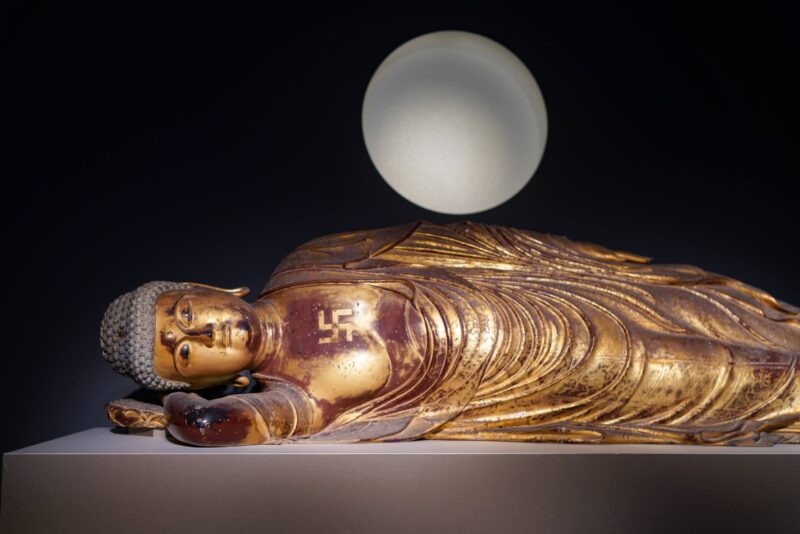
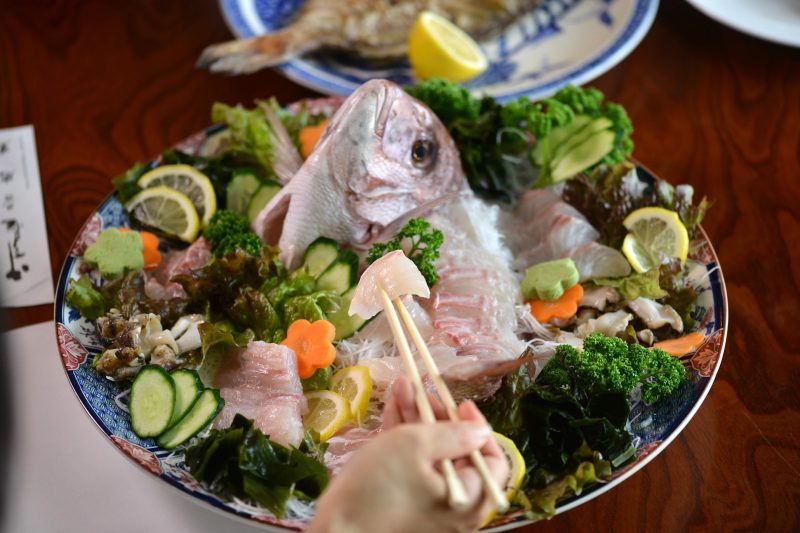
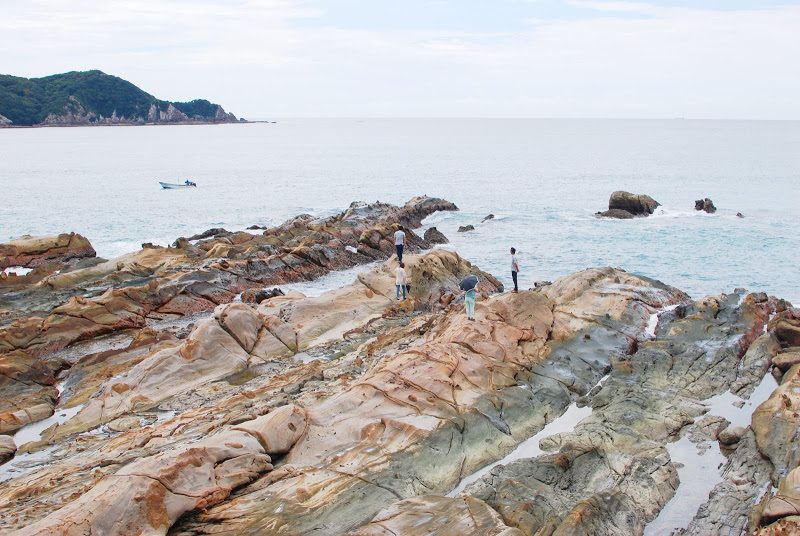
![【徳島】阿波國一の宮 大麻比古神社 – [Tokushima] Ōasahiko Shrine](https://yousakana.jp/wp-content/uploads/2020/07/3671179fbb08245509a7ad0a96668624-800x534.jpg)
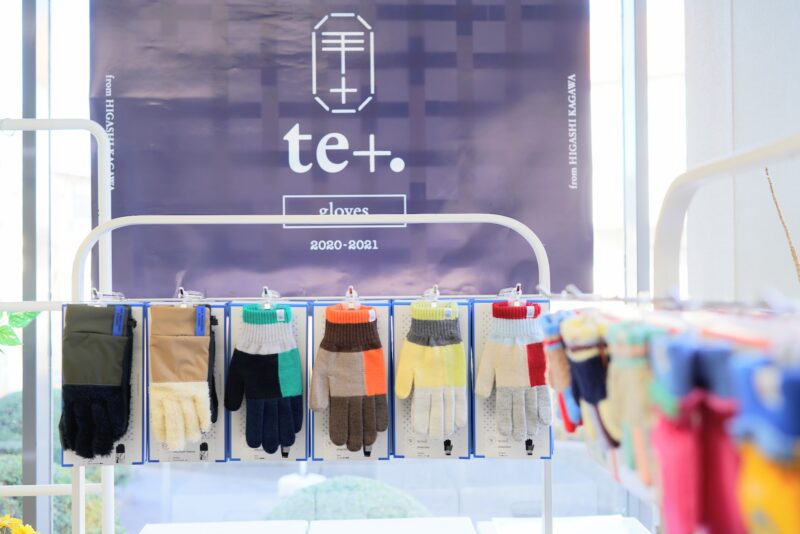
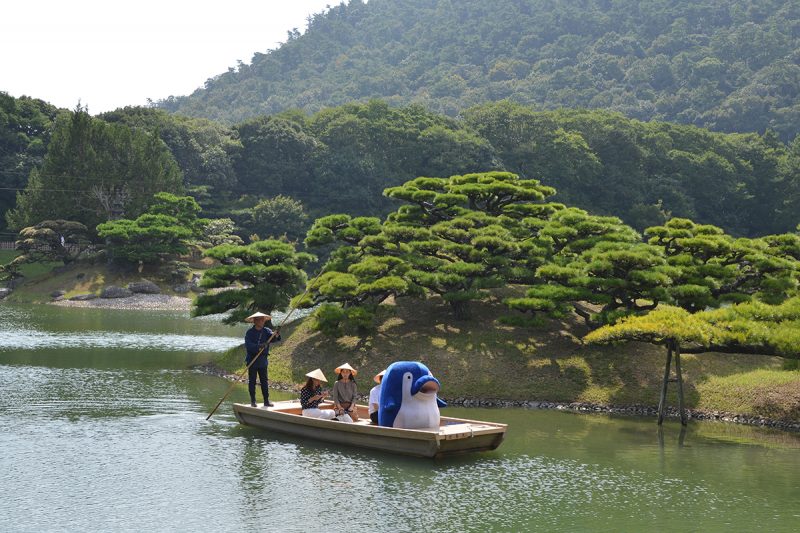
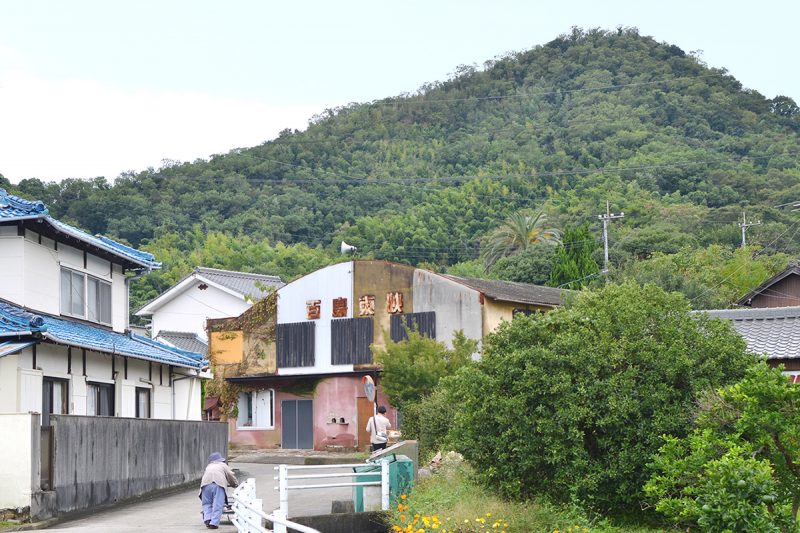
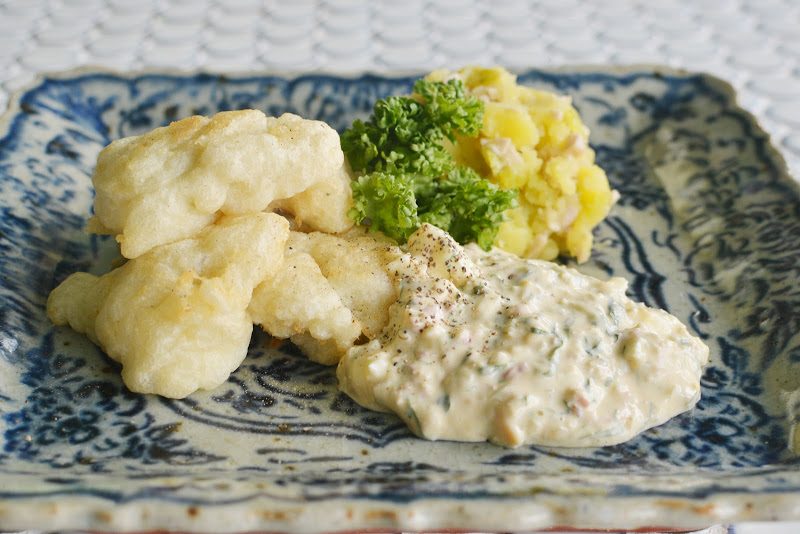
![【香川】素婆倶羅(そばくら)神社 – [Kagawa] Sobakura shrine](https://yousakana.jp/wp-content/uploads/2023/03/kotoden_sakura_shrine-800x533.jpeg)
![【香川】古民家博物館「四国村ミウゼアム」 – [Kagawa] Old houses Museum “Shikokumura Museum”](https://yousakana.jp/wp-content/uploads/2022/04/SHIKOKUMURA-MUSEUM-1-800x533.jpg)
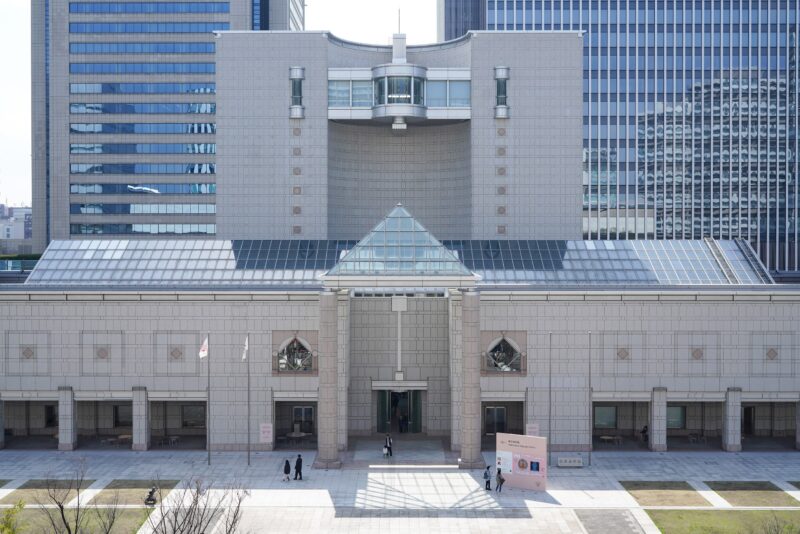
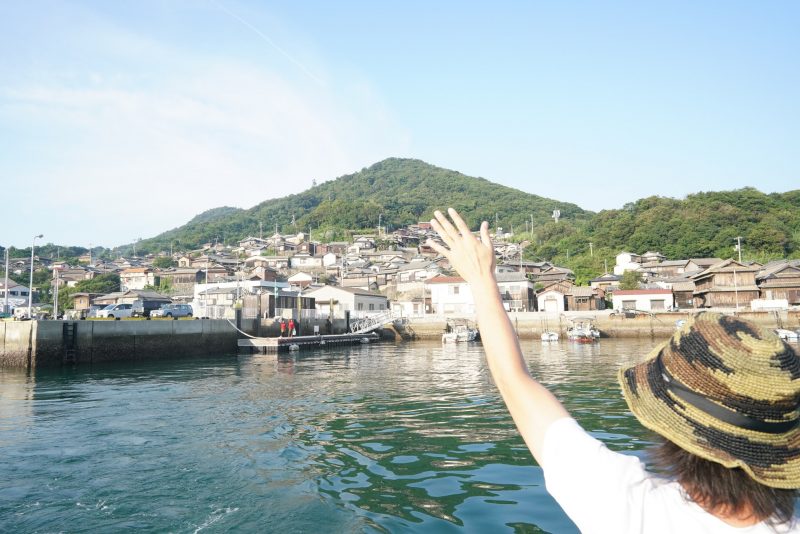

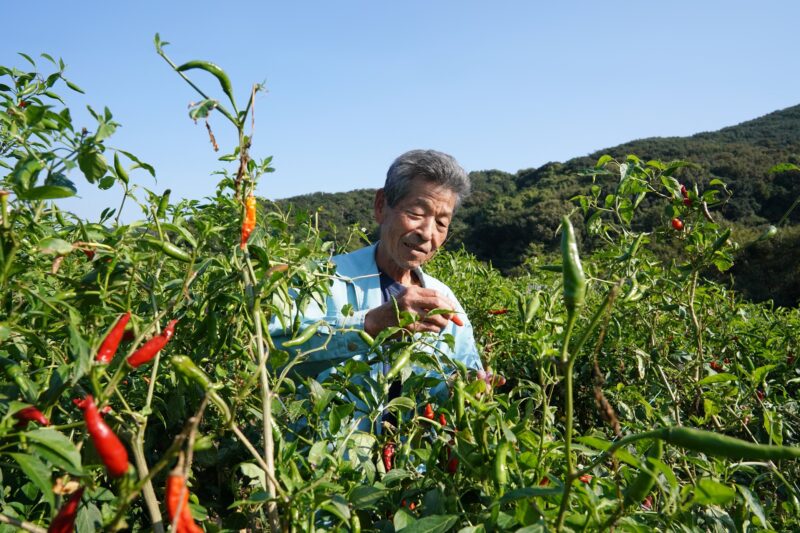
![【香川 11/23 入館無料】美術館は心の病院『丸亀市猪熊弦一郎現代美術館』 – [Kagawa 23 Nov. Free] Art is a Vitamin “MIMOCA”](https://yousakana.jp/wp-content/uploads/2023/12/mimoca_01.jpeg)
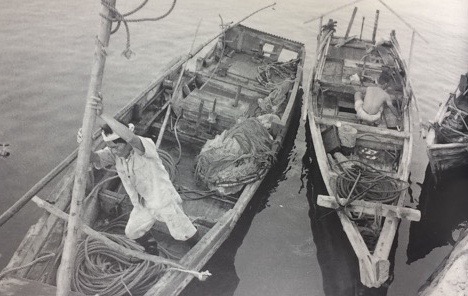
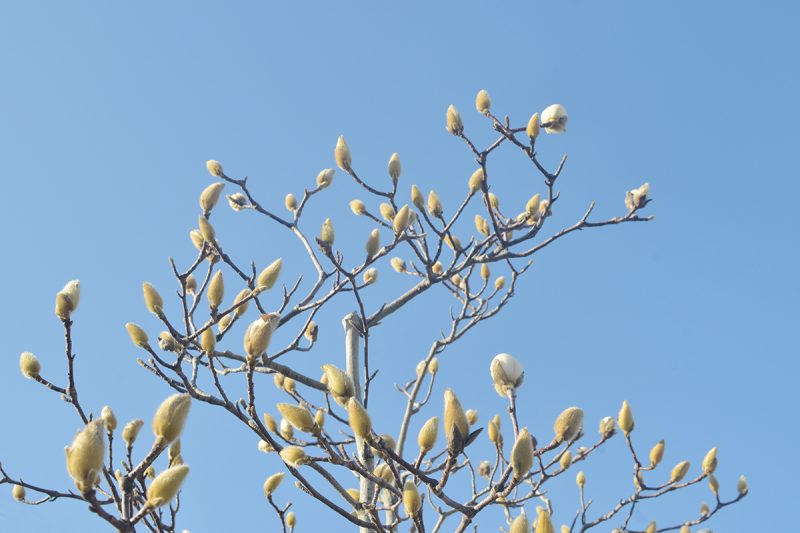
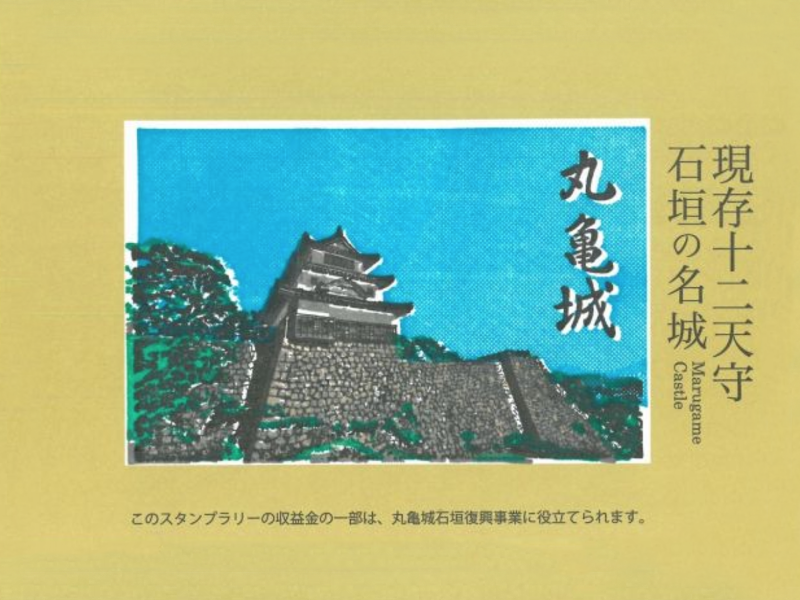
![【香川】高松・中央卸売市場特別開放 – [kagawa] The Takamatsu City Central Wholesale Market](https://yousakana.jp/wp-content/uploads/2015/02/takamatsu-market-800x533.jpg)
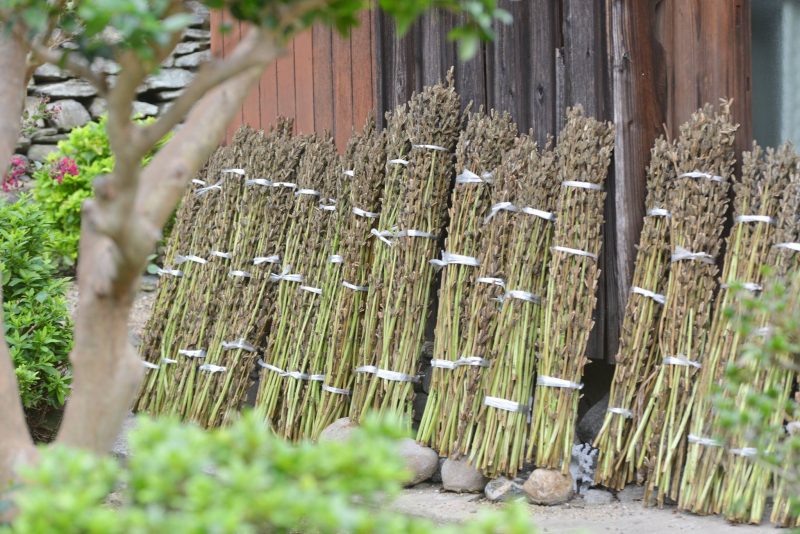
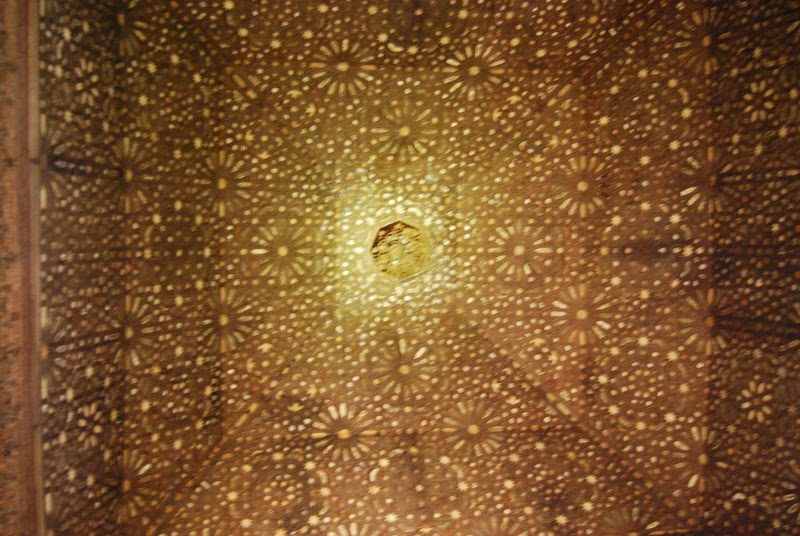
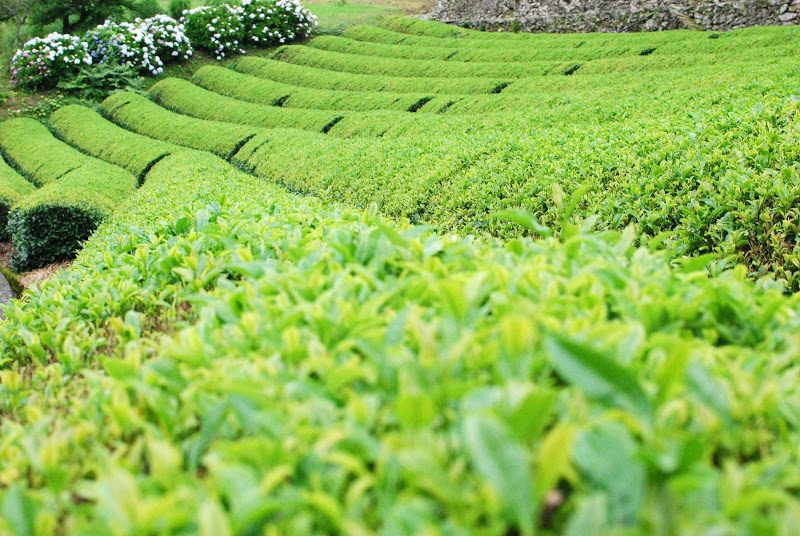
![【香川】植物学者 三木茂さんと『メタセコイア』 – [Kagawa] Discovery of the fossil genus Metasequoia 1941 by Botanist Shigeru Miki](https://yousakana.jp/wp-content/uploads/2021/03/Metasequoia_tree_miki_kagawa_00-800x533.jpg)
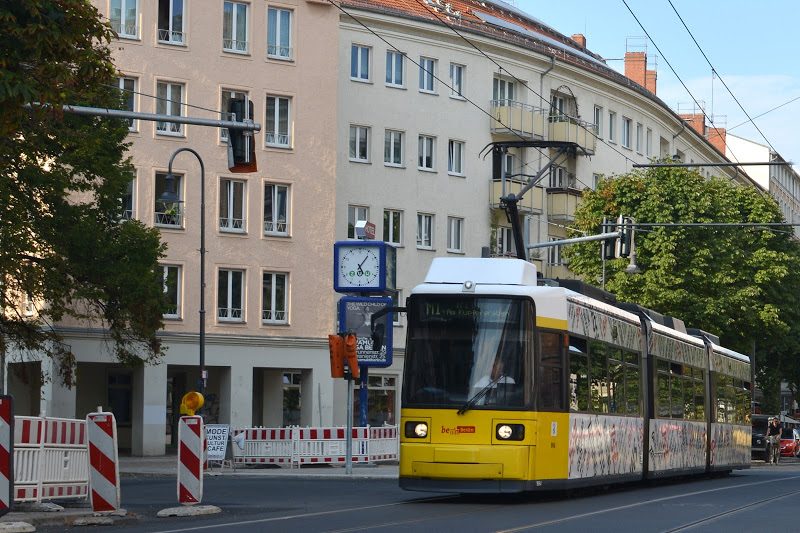
![【高知】夜の牧野植物園 – [Kochi] Night botanical garden of Makino](https://yousakana.jp/wp-content/uploads/2016/08/nightmakino-800x536.jpg)
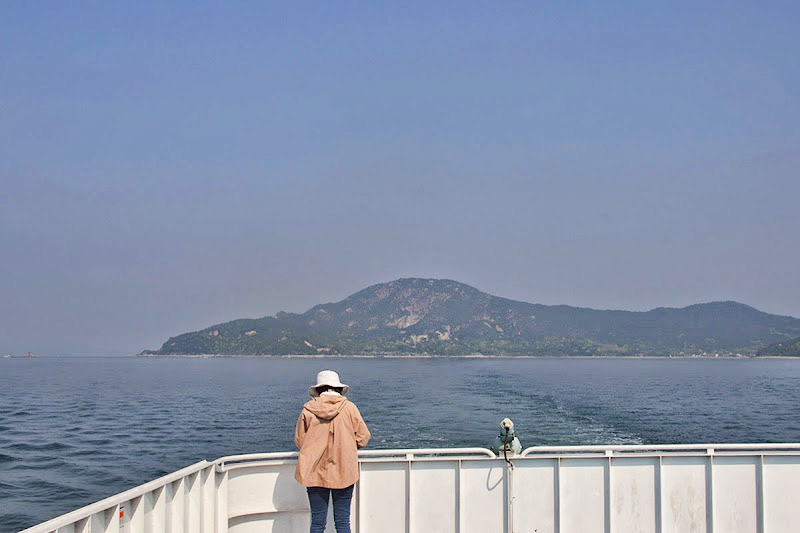
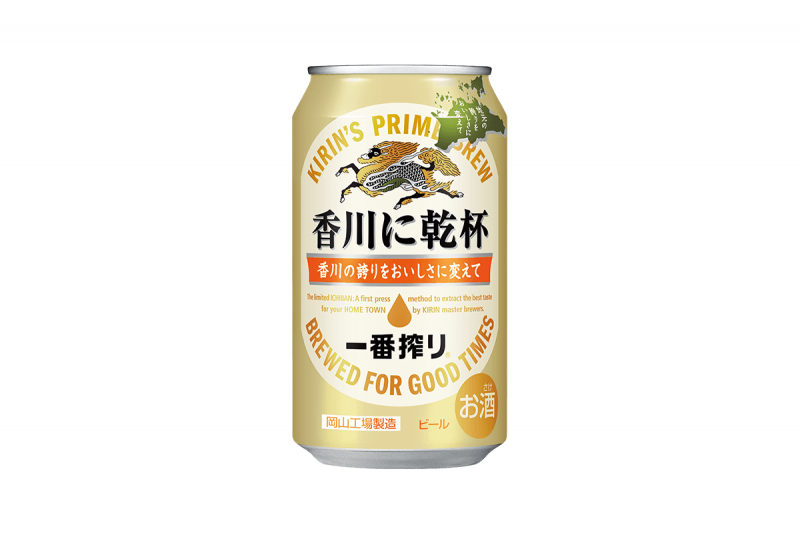
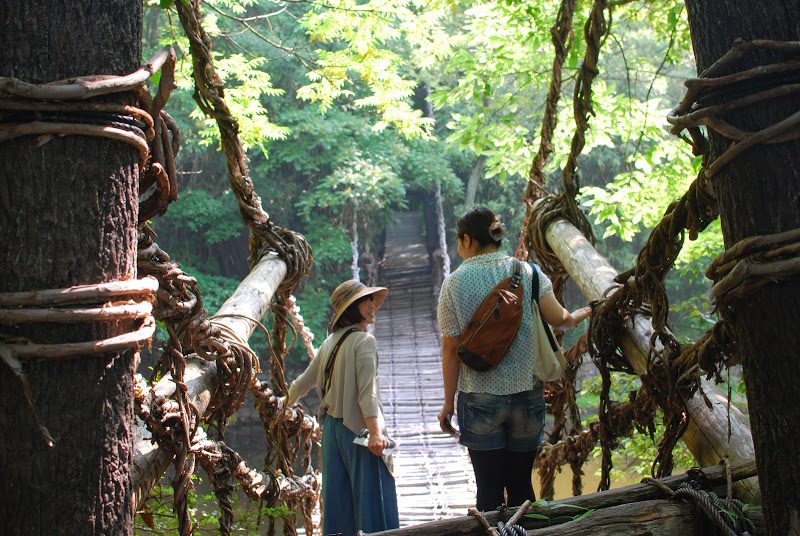
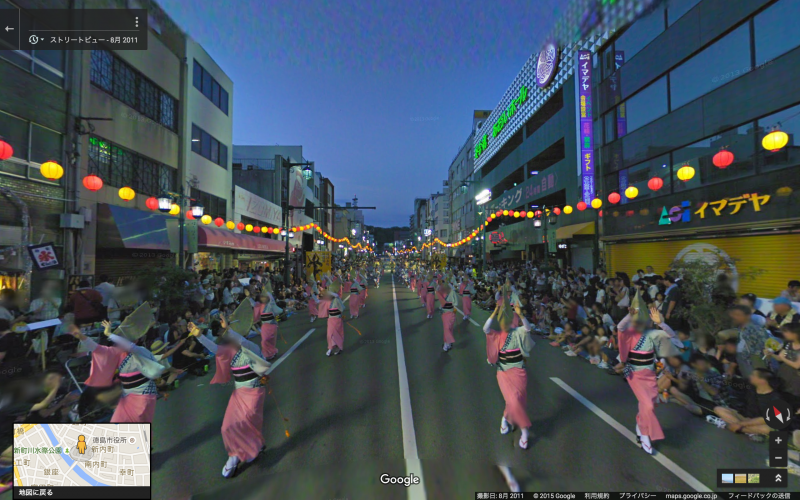
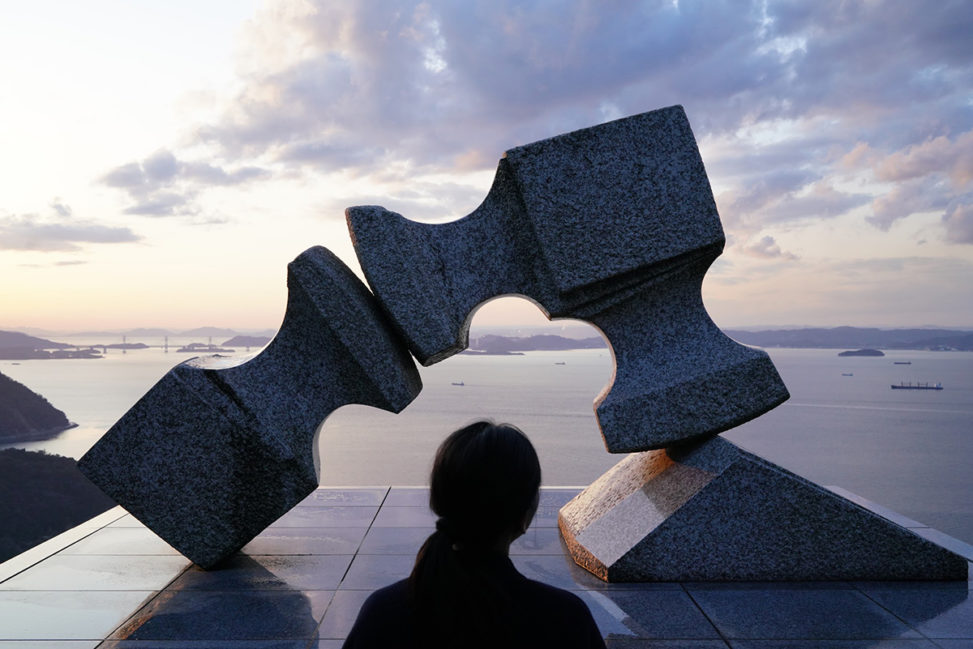


コメントを残す